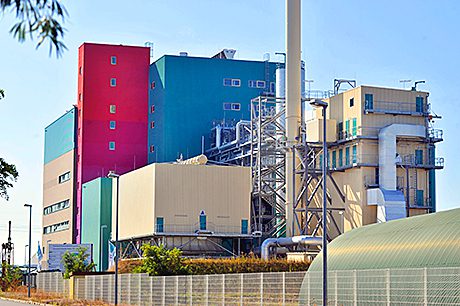
AIR pollution control technology for waste incineration is available from Lührfilter.
Domestic and municipal waste that might otherwise have gone to landfill can now be converted to energy in Waste to Energy Plants (WtE) – also termed Energy from Waste Plants (EfW).
The incineration process releases ash residue, acidic gases, dioxins and heavy metals, all of which are governed by emissions limits and legislation.
All incineration processes in the EU must conform to the Waste Incineration Directive (WID) which details very stringent limits for emissions of these by-products. Lührfilter says it can provide the air pollution control technology to reduce emission limits far below those set within WID.
Through custom-designed dry and semi-dry sorption processes, using a range of additives (such as activated carbon, Ca(OH)2, NaHCO3, and so on) and specialised gas conditioning equipment, the waste gas temperatures are reduced to the ideal levels for chemical reaction with specific adsorption reagents. Patented equipment such as the Lühr Conditioning Rotor are said to provide ideal reaction conditions with additives. And the use of an additive recirculation system makes for a more efficient use of additive material, vastly reducing plant operating costs, says Lührfilter.
Specialised bag filters then ensure the separation of ash residue / spent additive from the waste gases, prior to their release into the atmosphere.
For more details contact Lührfilter on 0121 353 0176, or e-mail info@luhrgb.co.uk
Image – A Refuse-Derived Fuel (RDF) incinerator






